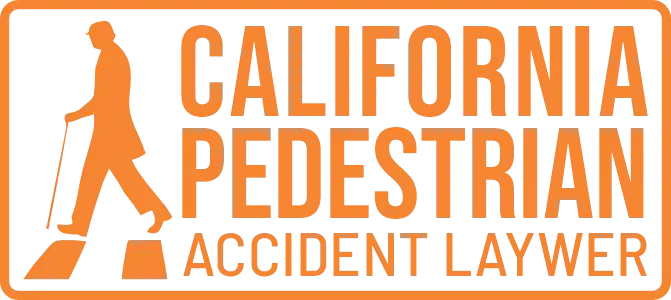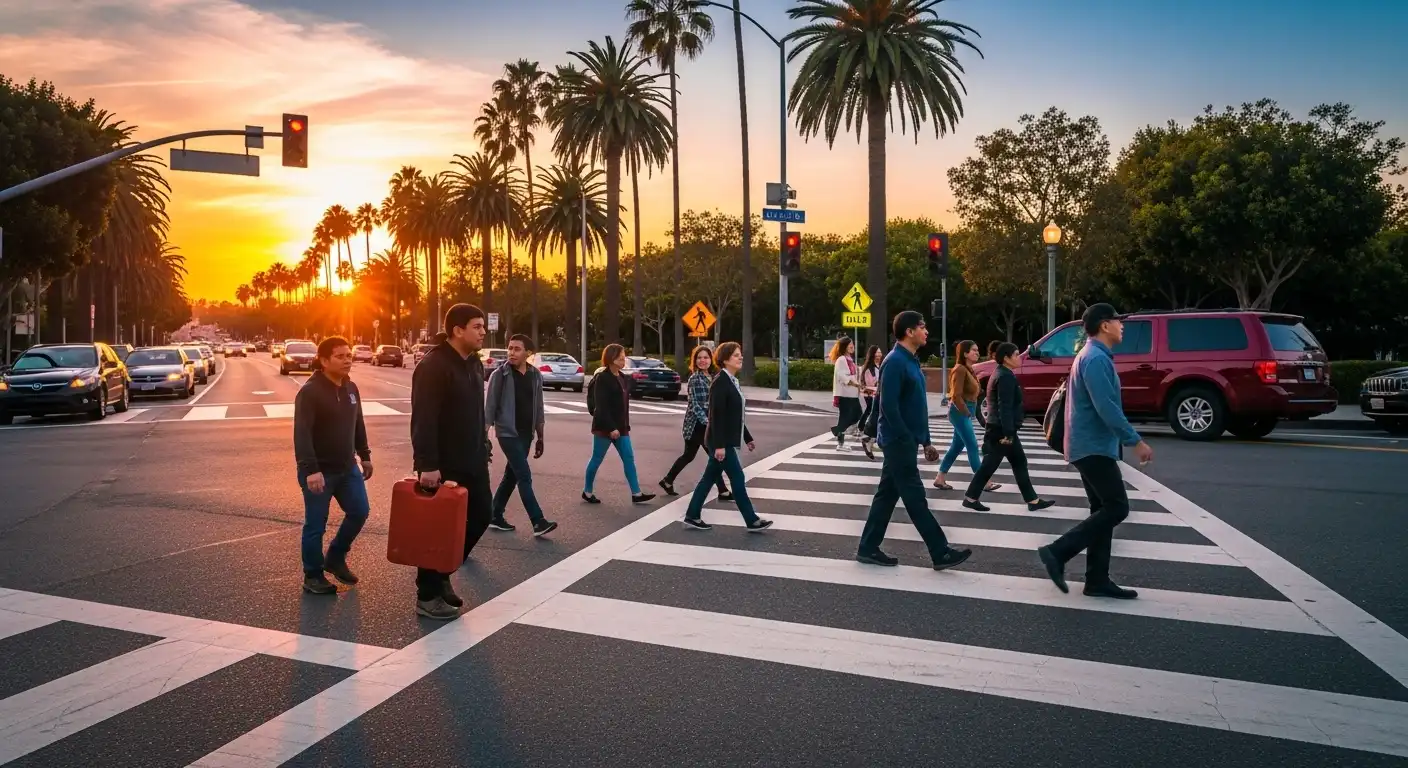Pedestrian accidents in California can be devastating, resulting in serious injuries, medical bills, and lost wages. In many cases, determining fault is crucial in recovering compensation for these damages. But what happens when more than one party is at fault for an accident? This is where the concept of comparative fault comes into play.
California follows a comparative fault system, which means that if both the pedestrian and the driver share responsibility for an accident, each party’s level of fault will affect the compensation they can receive. Understanding how comparative fault works is essential for anyone involved in a pedestrian accident, as it can significantly impact the outcome of your case.
In this blog, we’ll break down comparative fault in pedestrian accident claims, how it works in California, and what it means for victims seeking compensation after an accident.
1. What is Comparative Fault?
Comparative fault, also known as comparative negligence, is a legal doctrine used in many states to determine how damages should be allocated when multiple parties share responsibility for an accident. In California, this doctrine means that damages will be divided based on the degree of fault of each party involved in the accident.
Under the pure comparative fault rule in California, if a pedestrian is partially at fault for the accident, their compensation will be reduced by their percentage of fault. For example, if a pedestrian is found to be 30% at fault for an accident, they can still recover 70% of the total damages, even if they were partly responsible.
2. How Comparative Fault Works in California Pedestrian Accident Claims
In a pedestrian accident, determining fault is not always clear-cut. It’s possible for both the driver and the pedestrian to share some degree of responsibility for the accident. California’s pure comparative fault rule means that even if the pedestrian is partially at fault, they are still entitled to compensation, although it will be reduced according to their degree of fault.
Here’s a step-by-step breakdown of how comparative fault works in pedestrian accident claims in California:
A. Determining Fault
The first step in any pedestrian accident claim is to determine who was at fault and to what degree. Fault can be assigned based on several factors, including:
-
Driver Negligence: The driver might be at fault for speeding, running a red light, driving while distracted, or failing to yield to a pedestrian at a crosswalk.
-
Pedestrian Negligence: The pedestrian might be partially at fault for jaywalking, crossing outside of a crosswalk, or not paying attention to traffic signals.
-
Environmental Factors: In some cases, poor road conditions, inadequate signage, or weather may contribute to an accident.
B. Apportioning Fault
Once fault is determined, the percentage of fault for each party is assigned. This is where comparative fault becomes important. For example:
-
If the pedestrian was jaywalking but the driver was speeding, the driver may be found 80% at fault, while the pedestrian may be assigned 20% of the blame.
-
If both the driver and the pedestrian were equally negligent, they may each be assigned 50% fault.
C. Reducing Compensation
After assigning fault, the pedestrian’s compensation will be reduced by their share of responsibility. For example, if a pedestrian’s total damages amount to $100,000 and they are found to be 30% at fault, they can only recover 70% of the damages—$70,000. This reduction reflects the pedestrian’s role in contributing to the accident.
3. Examples of How Comparative Fault Applies in Pedestrian Accidents
Here are a few common scenarios where comparative fault might come into play in a California pedestrian accident:
A. Scenario 1: Jaywalking Pedestrian vs. Distracted Driver
A pedestrian is crossing the street outside of a crosswalk (jaywalking) while looking at their phone. At the same time, a driver is distracted and fails to stop at a red light. The pedestrian is struck by the car and sustains injuries.
-
Driver’s Fault: The driver is distracted and fails to stop at a red light, making them partially at fault for the accident.
-
Pedestrian’s Fault: The pedestrian’s failure to cross at a designated crosswalk and distraction from their phone means they are also partially at fault.
In this case, the court may determine that the driver is 60% at fault and the pedestrian is 40% at fault. If the pedestrian’s damages total $50,000, they would receive $30,000 after the 40% reduction for their share of fault.
B. Scenario 2: Driver Failing to Yield vs. Pedestrian Not Paying Attention
A driver is supposed to yield to a pedestrian in a crosswalk but fails to do so, striking the pedestrian. However, the pedestrian is not paying attention and does not look both ways before entering the crosswalk.
-
Driver’s Fault: The driver’s failure to yield at the crosswalk makes them primarily at fault.
-
Pedestrian’s Fault: The pedestrian’s failure to look for oncoming traffic means they are partially at fault.
In this scenario, the court may assign the driver 75% fault and the pedestrian 25% fault. If the pedestrian’s damages are $200,000, they would recover $150,000 after the 25% reduction.
C. Scenario 3: Speeding Driver and Pedestrian Crossing at a Green Light
A pedestrian crosses at an intersection while the light is green for cars, but the driver is speeding and doesn’t stop in time, hitting the pedestrian.
-
Driver’s Fault: The driver’s speeding and failure to stop on time is the primary cause of the accident.
-
Pedestrian’s Fault: The pedestrian is crossing at a green light, which may indicate they are following traffic laws. However, if they were not paying attention or made an unexpected move, they could be partially at fault.
In this case, the driver may be found 80% at fault, and the pedestrian may be assigned 20% of the fault, reducing the pedestrian’s potential compensation.
4. The Importance of Legal Representation in Comparative Fault Cases
Because California’s pure comparative fault system allows for partial recovery, even if you are partially responsible for the accident, it’s crucial to have an experienced pedestrian accident lawyer on your side. A skilled lawyer will help you:
-
Gather evidence to prove the other party’s negligence.
-
Determine your level of fault and ensure that it is assessed fairly.
-
Negotiate with insurance companies to secure the maximum compensation you deserve.
Pedestrian accident claims, especially those involving shared fault, can be complex. Legal representation ensures that your rights are protected and that you receive fair compensation.
5. Conclusion
Understanding how comparative fault works in California pedestrian accident claims is essential for anyone involved in such an incident. Even if you are partially at fault for the accident, California’s pure comparative fault system allows you to recover compensation for your injuries, though the amount will be reduced according to your level of fault.
If you’ve been involved in a pedestrian accident, it’s important to speak with an experienced pedestrian accident lawyer to ensure that you are not unfairly blamed and that you receive the compensation you are entitled to. Your lawyer can help navigate the complexities of comparative fault and ensure that your rights are protected throughout the legal process.



